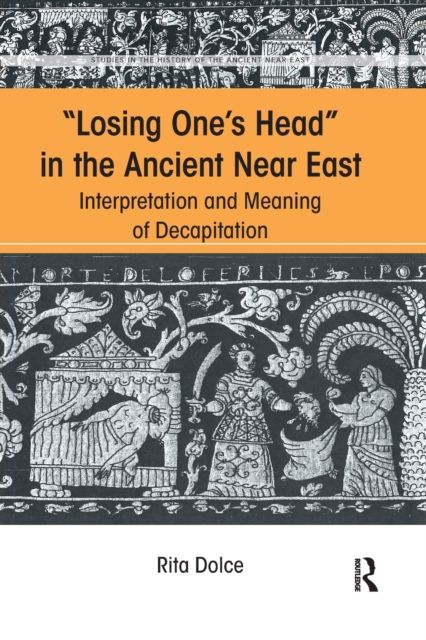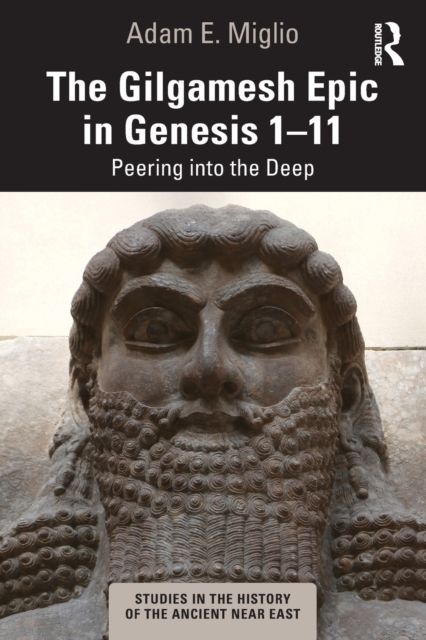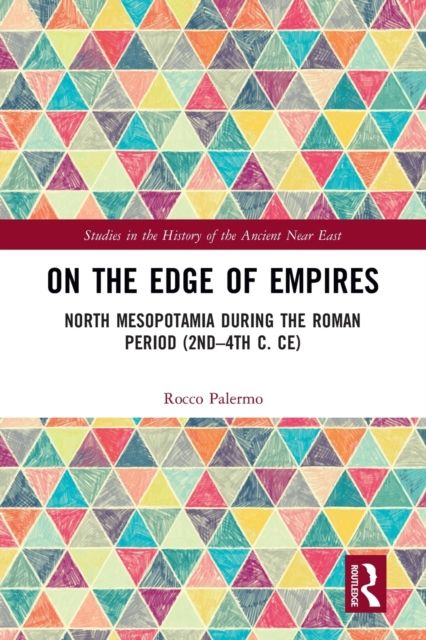
Losing One's Head in the Ancient Near East : Interpretation and Meaning of Decapitation
Leveringstid: 3-10 dager
Handlinger
Beskrivelse
Omtale
In the Ancient Near East, cutting off someone’s head was a unique act, not comparable to other types of mutilation, and therefore charged with a special symbolic and communicative significance. This book examines representations of decapitation in both images and texts, particularly in the context of war, from a trans-chronological perspective that aims to shed light on some of the conditions, relationships and meanings of this specific act. The severed head is a “coveted object” for the many individuals who interact with it and determine its fate, and the act itself appears to take on the hallmarks of a ritual. Drawing mainly on the evidence from Anatolia, Syria and Mesopotamia between the third and first millennia BC, and with reference to examples from prehistory to the Neo-Assyrian Period, this fascinating study will be of interest not only to art historians, but to anyone interested in the dynamics of war in the ancient world.
-
Utgivelsesdato:
14.08.2020
-
ISBN/Varenr:
9780367593551
-
Språk:
, Engelsk
-
Forlag:
Routledge
-
Fagtema:
Kunst
-
Litteraturtype:
-
Sider:
92
-
Høyde:
15.4 cm
-
Bredde:
23.5 cm









